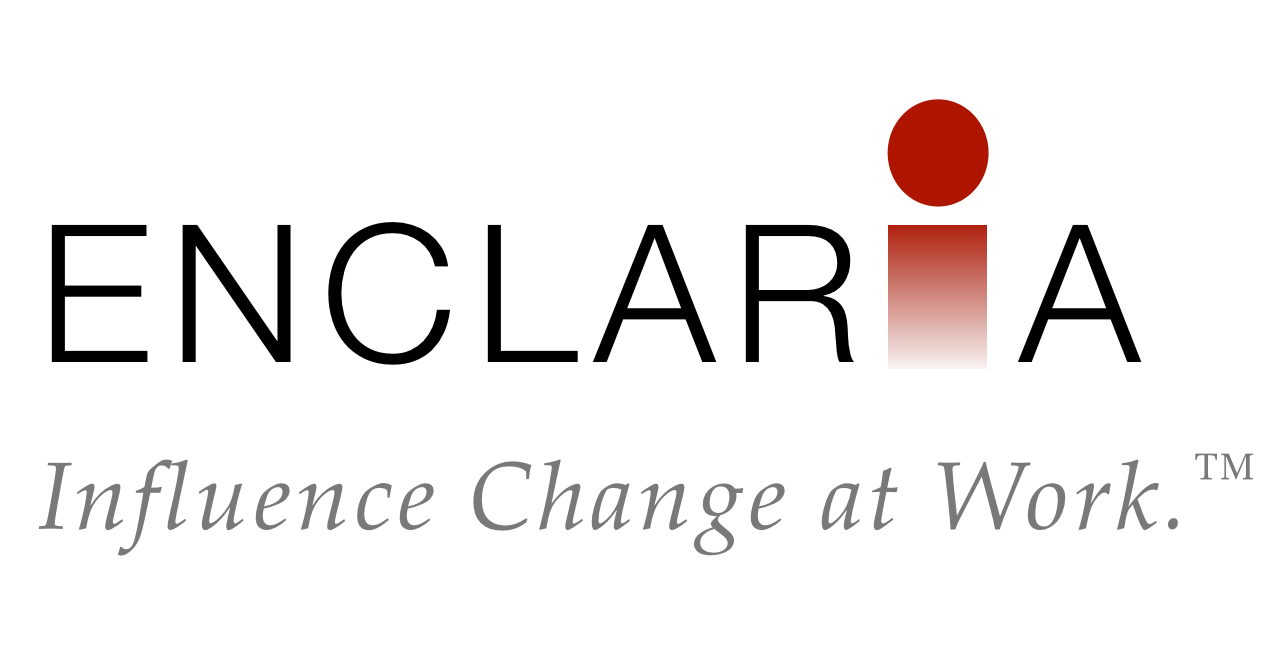A catalyst sparks the need for change. Whether that catalyst is an emergency, a problem, or an opportunity, the change initiative starts when an individual or group decides to do something about it.

The level of urgency is the degree to which people believe change is imperative. Urgency comes from dissatisfaction or discomfort with the way things are. It is the energy an organization can leverage to move away from the current state. The origin of a change can naturally conjure that urgency.
Consider the following five origins of change, and their affect on urgency levels.
Obsolescence
Some changes derive from a current situation that is becoming obsolete. Critical technology will no longer be supported or effective. Tools wear out and need to be replaced. Or the market ceases to exist. For example, in the middle of the Y2K fiasco (when mainframe computers at the heart of most companies’ systems were going to translate a year labeled ’00 to mean 1900 instead of 2000), it was easy to convince people to adopt a new server-based system, because the company would no longer function if they didn’t. When a change is caused by obsolescence, the situation is inherently urgent.
Opportunity
Other changes are born when an opportunity arises that the organization decides to take advantage of. A usual time limit creates some urgency to make the decision; although often the case must still be made that the opportunity should be pursued at all. For example, when a company becomes available for acquisition, another company may see the opportunity to expand into new markets. They’ll have to jump at the opportunity or risk losing it to a competitor. Once the acquisition is made, the urgency comes from the need to make the integration work.
Environment
Change often occurs because of a shift in the external business environment. Regulations are imposed. Customer preferences change. Or a new competitor appears. If someone makes the case that the organization faces a threat or obligation from the new environment, then people will feel a sense of urgency. However, we’ve all seen countless examples of organizations that only saw the need for change in hindsight, when it was too late.
Improvement
As Will Rogers said, “Even if you’re on the right track, you’ll get run over if you just sit there.†Organizations need to continually improve (i.e. change) to boost income, efficiency, and effectiveness. There is a steady stream of problems to be solved. Justification for new and modified systems and processes are often in the numbers, but the change may not seem urgent to those who won’t see the benefits.
Leadership
Some changes occur because someone wants them to happen. People want to make a difference. Managers especially can feel like they need to justify their position and demonstrate value to the organization. Sometimes it’s a matter of ego that they want to do things their way. Changes that are instigated because someone in power wants to do it have the least urgency, at least on their own accord. For example, a new leader may join an organization and decide to develop a new strategic direction, whether or not the organization really needed one. The case for change must be created through compelling leadership.
Whether you’re embarking on change or in the middle of it, consider the origin of that change. How can you tap into the source to generate urgency? If there are multiple catalysts, which one might make the strongest case for change? Combined with a strong purpose and clear vision of the future state, the sense of urgency can propel an organization forward.

 How to Avoid Resentment When One Project Replaces Another
How to Avoid Resentment When One Project Replaces Another